|
This is our most recent work published in the Journal of American Chemical Society. Here we studied the nanoscale interactions of reduced graphene oxide (rGOx) homogeneously decorated with small palladium nanoclusters (2.3 ± 0.3 nm). The Pd nanoparticles anchored to the rGOx-surface exhibit high crystallinity and are consistent with six-shell cuboctahedral and icosahedral clusters containing ∼600 Pd atoms. We also performed ab initio simulations to understand the electronic properties of the graphene−nanoparticle hybrid system. This article has been published as an open access, so here you can download the published version of the article. Eduardo Gracia-Espino, Guangzhi Hu, Andrey Shchukarev, and Thomas Wågberg. Abstract Studies on noble-metal-decorated carbon nanostructures are reported almost on a daily basis, but detailed studies on the nanoscale interactions for well-defined systems are very rare. Here we report a study of reduced graphene oxide (rGOx) homogeneously decorated with palladium (Pd) nanoclusters with well-defined shape and size (2.3 ± 0.3 nm). The rGOx was modified with benzyl mercaptan (BnSH) to improve the interaction with Pd clusters, and N,N-dimethylformamide was used as solvent and capping agent during the decoration process. The resulting Pd nanoparticles anchored to the rGOx-surface exhibit high crystallinity and are fully consistent with six-shell cuboctahedral and icosahedral clusters containing ∼600 Pd atoms, where 45% of these are located at the surface. According to X-ray photoelectron spectroscopy analysis, the Pd clusters exhibit an oxidized surface forming a PdOx shell. Given the well-defined experimental system, as verified by electron microscopy data and theoretical simulations, we performed ab initio simulations using 10 functionalized graphenes (with vacancies or pyridine, amine, hydroxyl, carboxyl, or epoxy groups) to understand the adsorption process of BnSH, their further role in the Pd cluster formation, and the electronic properties of the graphene−nanoparticle hybrid system. Both the experimental and theoretical results suggest that Pd clusters interact with functionalized graphene by a sulfur bridge while the remaining Pd surface is oxidized. Our study is of significant importance for all work related to anchoring of nanoparticles on nanocarbon-based supports, which are used in a variety of applications.
0 Comments
Your comment will be posted after it is approved.
Leave a Reply. |
Nano for Energy group
Categories
All
Featured publications
Comprehensive Study of an Earth-Abundant Bifunctional 3D Electrode for Efficient Water Electrolysis in Alkaline Medium.
ACS Appl. Mater. Interfaces, 2015, 7, 28148 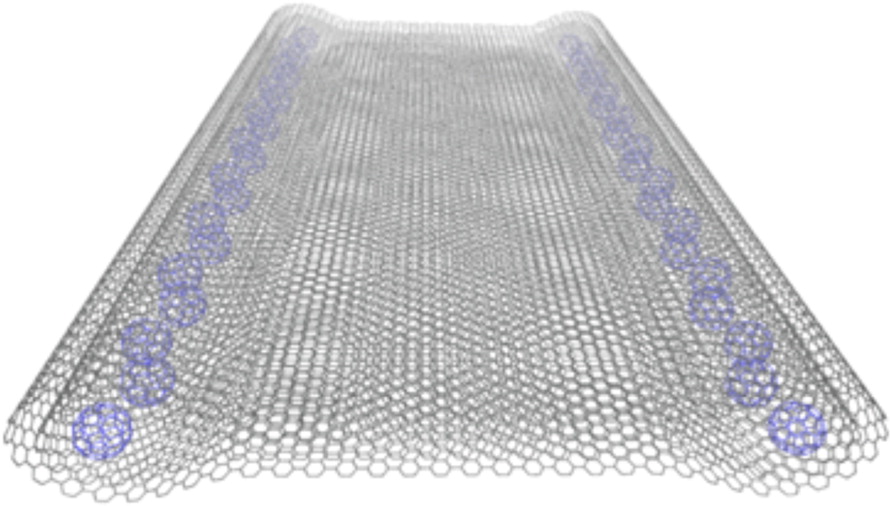
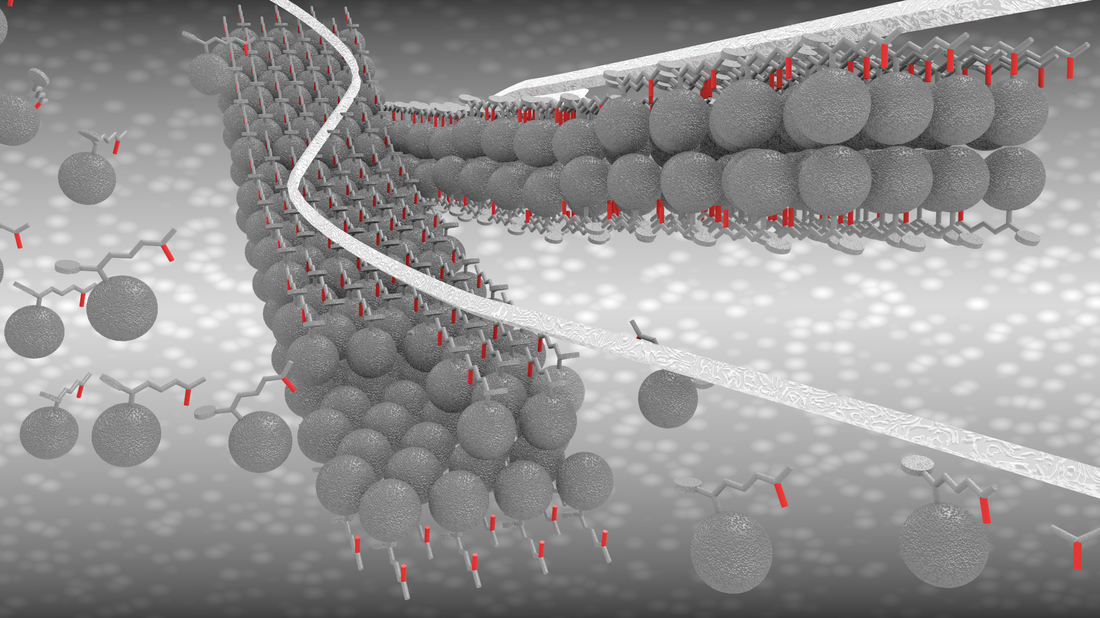
Fabrication of One-Dimensional Zigzag [6,6]-Phenyl-C61-Butyric Acid Methyl Ester Nanoribbons from Two-Dimensional Nanosheets.
ACS Nano, 2015, 9, 10516 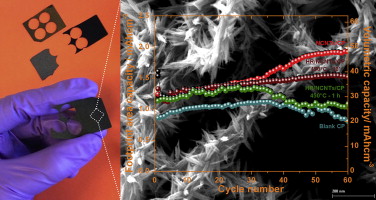
Hierarchical self-assembled structures based on nitrogen-doped carbon nanotubes as advanced negative electrodes for Li-ion batteries and 3D microbatteries.
J. P. Sources, 2015, 279, 581 .Self-Assembly Synthesis of Decorated Nitrogen-Doped Carbon Nanotubes with ZnO Nanoparticles: Anchoring Mechanism and the Effects of Sulfur.
J. Phys. Chem. C, 120, 27849 (2016) Sn/Be Sequentially co-doped Hematite Photoanodes for Enhanced Photoelectrochemical Water Oxidation: Effect of Be2+ as co-dopant.
Sci Rep. 2016; 6: 23183. Atomistic understanding of the origin of high oxygen reduction electrocatalytic activity of cuboctahedral Pt3Co–Pt core–shell nanoparticles.
Catal. Sci. Technol., 2016, 6, 1393-1401 Photocatalytic reduction of CO2 with H2O over modified TiO2 nanofibers: Understanding the reduction pathway.
Nano Res. (2016) 9: 1956. |
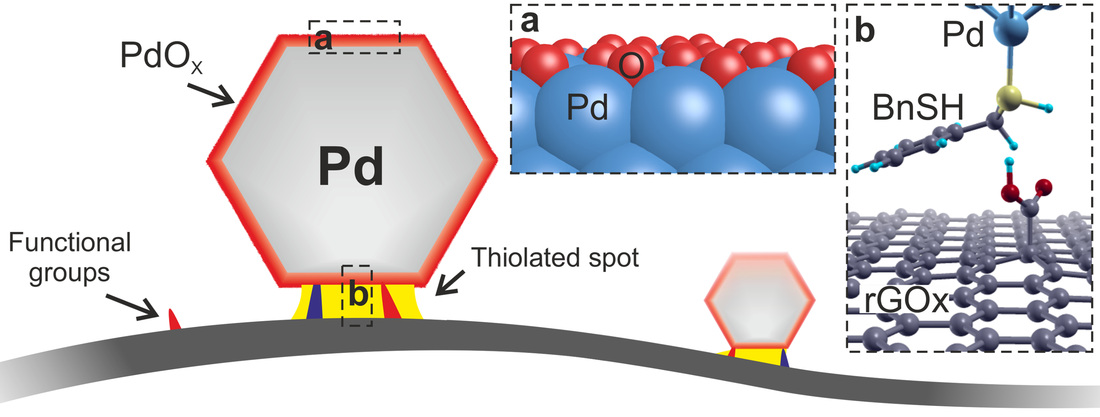
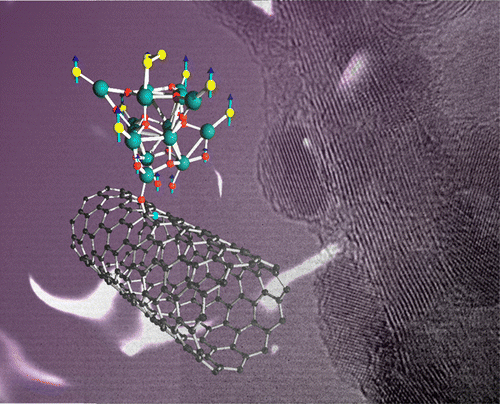
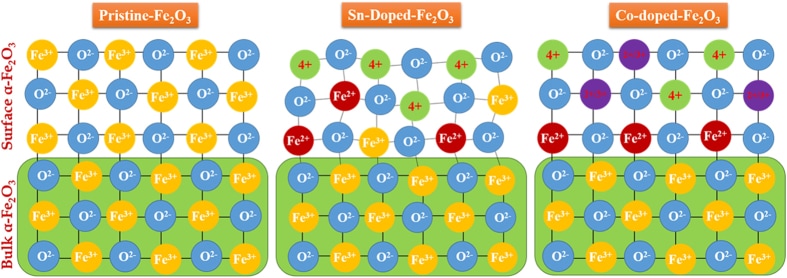
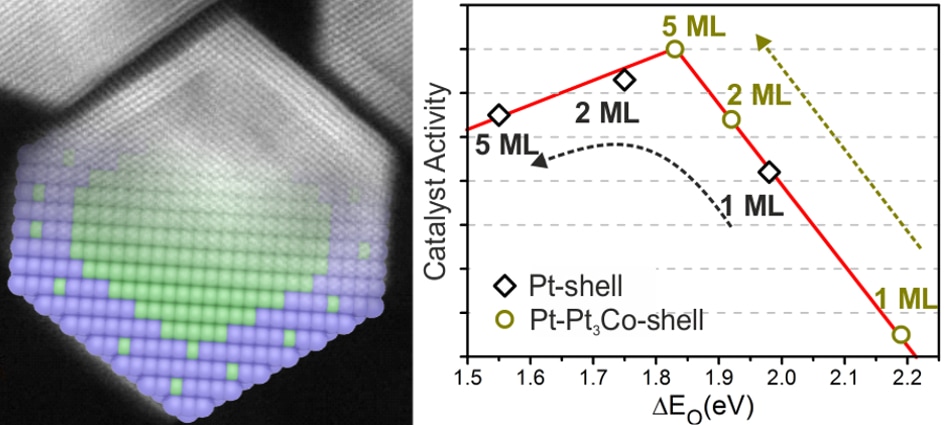
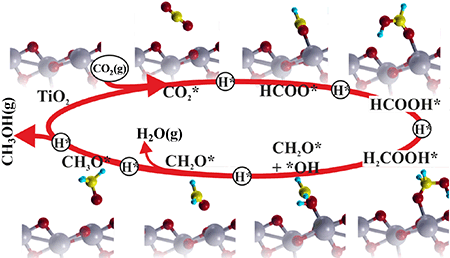
 RSS Feed
RSS Feed